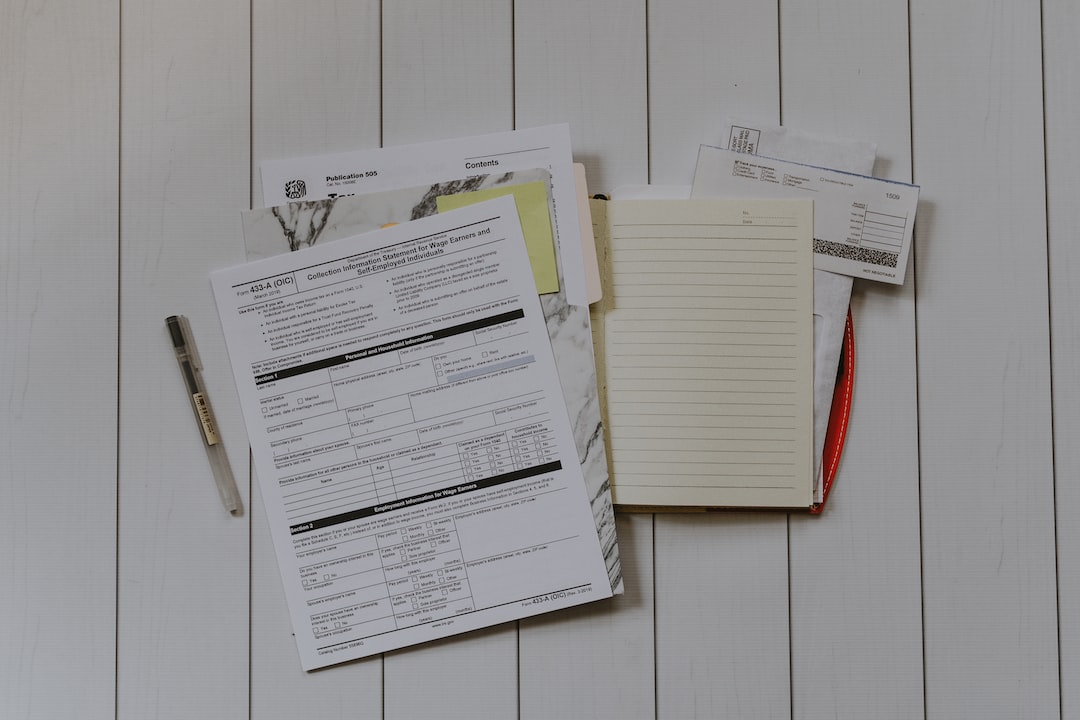Understanding the Real Cost of Homeownership
Buying a home is a significant milestone in one’s life, signifying stability and achievement. However, it is vital to realize that homeownership comes with various financial responsibilities beyond the mortgage payment. Many people fail to consider the true cost of owning a home, and as a result, they may face financial strain in the long run. In this blog post, we will explore the real cost of homeownership and shed light on the expenses that go beyond the initial purchase price.
1. Mortgage Payments:
The mortgage payment is usually the first thing that comes to mind when we think about the cost of owning a home. While it is undoubtedly an important financial commitment, it is just the tip of the iceberg. On top of the principal and interest, homeowners also need to consider property taxes, homeowner’s insurance, and possibly private mortgage insurance (PMI) if they made a down payment of less than 20%. All these additional costs contribute to the overall monthly expenses.
2. Maintenance and Repairs:
Unlike renting, where the landlord is responsible for upkeep, homeowners have to bear the expenses of maintaining their property. Regular maintenance tasks such as lawn care, roof repairs, plumbing or electrical issues, and HVAC system maintenance can quickly add up. It is crucial to create a rainy-day fund specifically for these unforeseen expenses since they often come at the most inconvenient times.
3. Property Taxes:
Property taxes are a necessary evil for homeowners. The amount varies based on the value and location of the property, and it is typically assessed by the local government. These taxes contribute to the local services such as schools, infrastructure, and public safety. Property taxes can increase over time, so it is essential to consider this factor when budgeting for homeownership.
4. Homeowner’s Insurance:
Homeowner’s insurance protects you from financial loss in case of damage to your property. The cost of insurance varies depending on factors like your location, the property’s value, and the insurance coverage you choose. While it adds to the monthly expenses, it is essential for protecting your investment and providing peace of mind.
5. Utilities:
When renting, utilities may be included in the monthly payment, but as a homeowner, you are responsible for all utility bills. Electricity, gas, water, internet, and cable are all expenses that need to be considered. Depending on the size of your home and your usage, utility bills can become a significant portion of your budget.
6. Homeowners Association (HOA) Fees:
If you purchase a property in a community with a homeowners association, you must pay monthly or annual HOA fees. These fees cover expenses like maintenance of common areas, landscaping, security, and other shared amenities. HOA fees can vary greatly depending on the community and the services provided.
7. Furniture and Décor:
When you move into a new home, you may need to invest in furniture, appliances, and décor. These costs should not be overlooked, as they can quickly add up. It is important to budget for these expenses and prioritize your purchases to avoid unnecessary financial strain.
8. Moving and Closing Costs:
Before even moving into your new home, you will incur various expenses such as hiring professional movers, transportation costs, and possibly storage fees. Additionally, closing costs, which include fees for appraisal, attorney, title search, and loan origination, can amount to a significant sum. These costs should be considered when planning for homeownership to avoid any unexpected financial burdens.
Understanding the true cost of homeownership is crucial for anyone considering purchasing a house. It is important to consider all the expenses mentioned above and have a realistic budget in place. Owning a home provides numerous benefits, but being financially prepared and aware of the ongoing costs will help you make an informed decision and enjoy the rewards of homeownership without any added stress.

